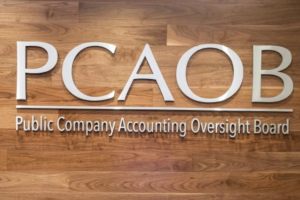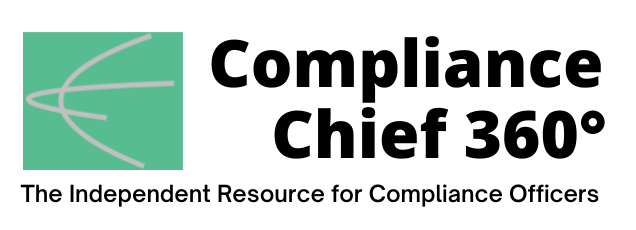
Previously, visitors to the PCAOB website could only search inspection reports by four filters: firm name, country/geography, year when a report was published, and whether a report includes public quality-control criticisms.
The new enhancements to the PCAOB’s website add six new search filters to its “Firm Inspection Reports” page to help users analyze and compare more than 3,700 inspection reports, the PCAOB said.
The enhancements add the following six new search filters that can now be applied to PCAOB inspection reports:
- Inspection type: Users can now filter according to whether a firm inspection report falls into the ‘annual’ or ‘triennial’ inspection frequency category for the inspection year.
- Inspection year: Users can now filter inspection reports according to the year that the PCAOB’s inspectors completed the inspection, not just the year when the report was published.
- Total issuer audit clients: Users can now get a better and more immediate sense of the size of triennially inspected audit firms by sorting inspection reports according to the number of audit clients that firms had, as determined at the outset of the inspection.
- Part I.A deficiency rate: Users can now sort inspection reports according to the percentage of audits with Part I.A deficiencies.
- Specific global network: Users can now refine search results, so they include only firms that belong to a specific global audit firm network.
- Audits reviewed: Users can search inspection reports by number of issuer audits that the PCAOB reviewed as part of its inspection.
“PCAOB inspection reports provide investors, audit committees, and potential clients with important information they can use to make informed decisions,” said PCAOB Chair Erica Williams. “By making that information easier to find and compare, these new tools will empower users to hold firms accountable for producing high-quality audits.”
Additionally, users can now download the entire data set into three formats: CSV, XML, and JSON. These three formats maximize the ability of users to integrate PCAOB data into third-party applications for further analysis. ![]()
Jaclyn Jaeger is a contributing editor at Compliance Chief 360° and a freelance business writer based in Manchester, New Hampshire.

